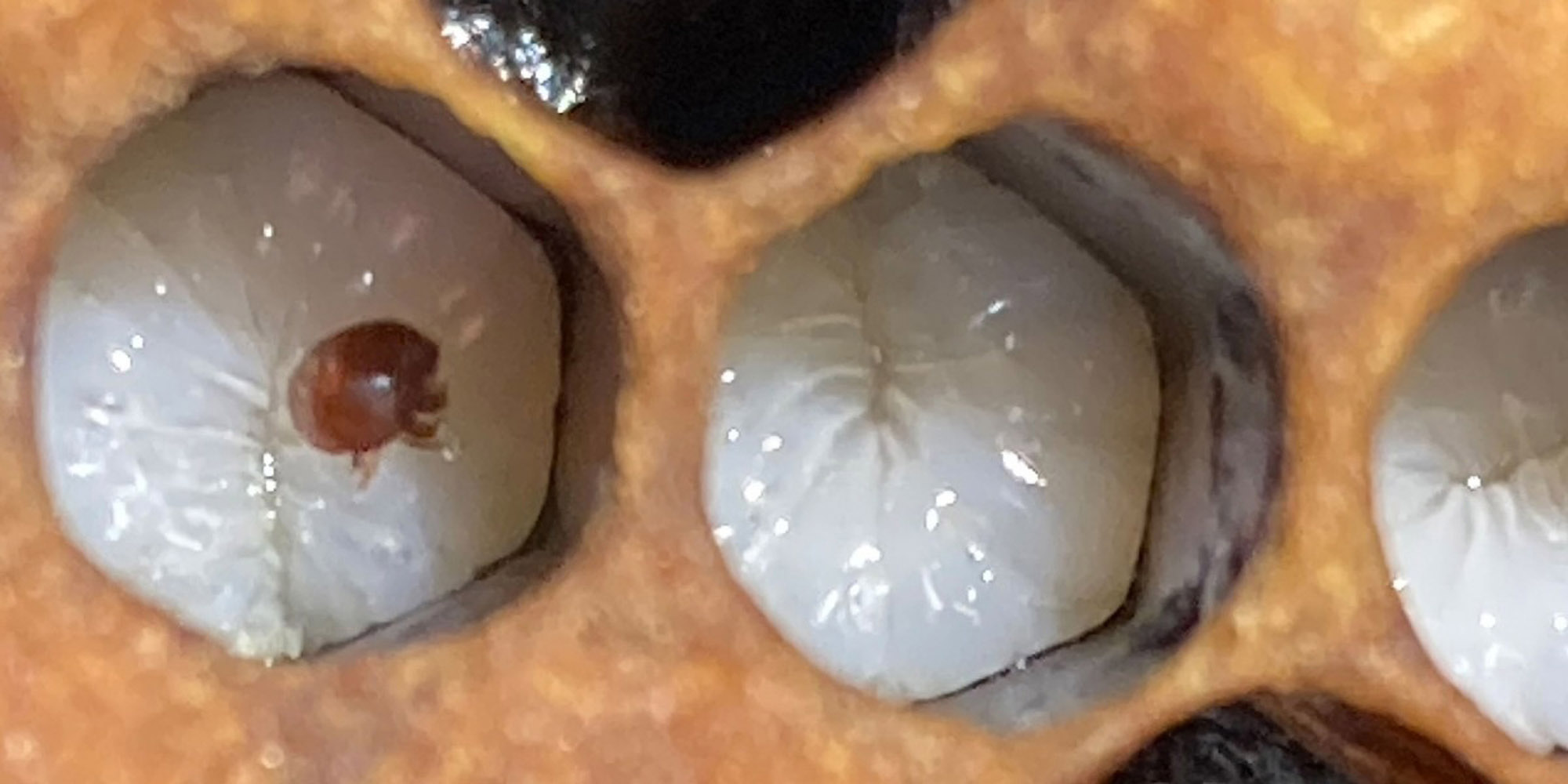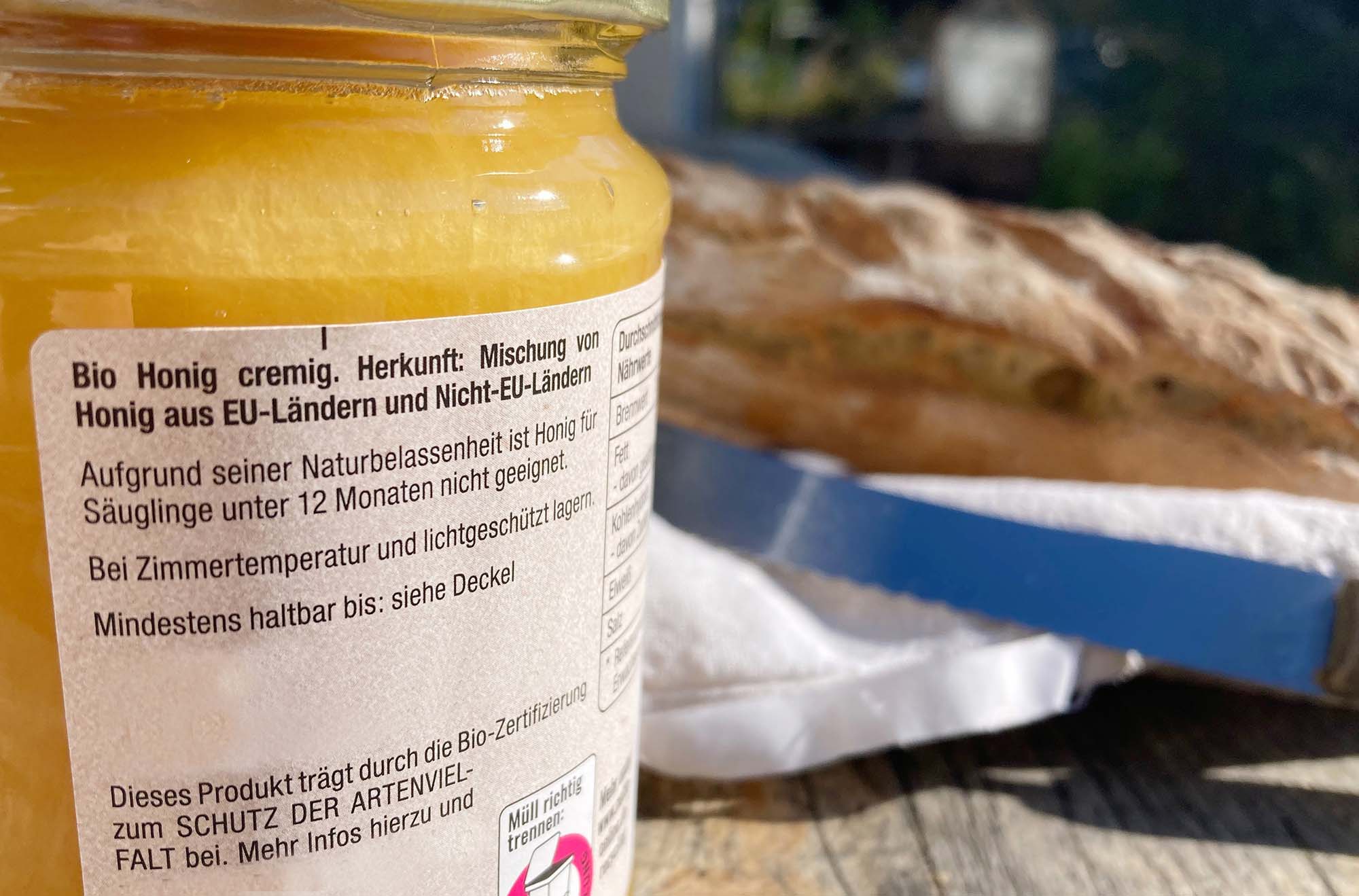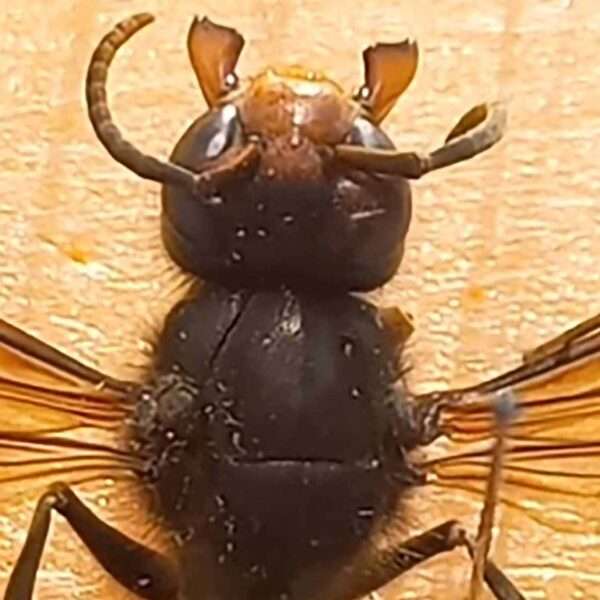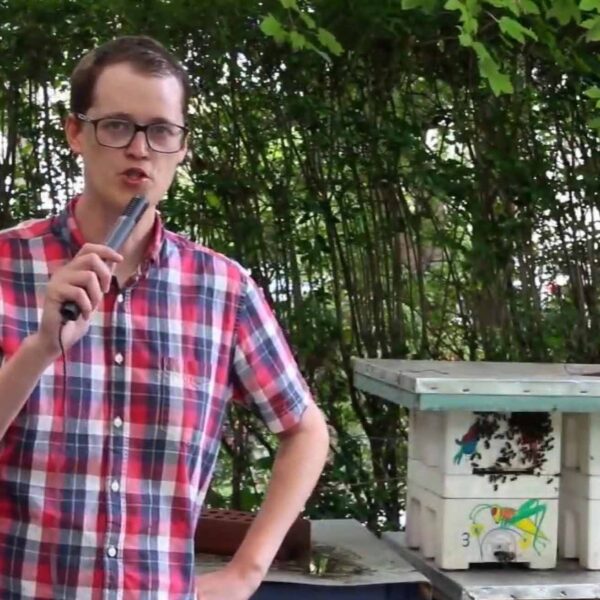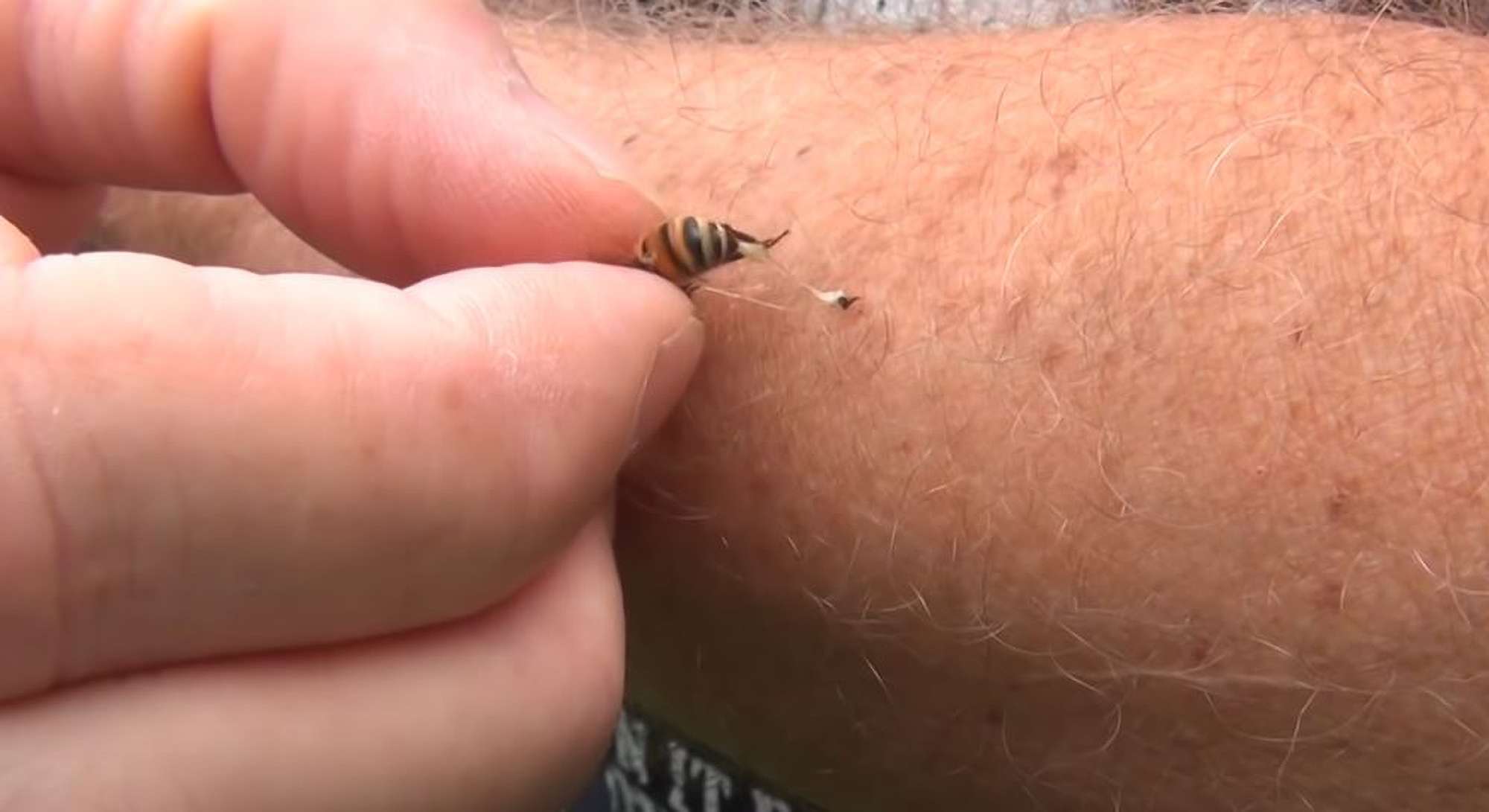Honeybee colonies could be at exceptionally great risk of being struck down by Varroa mite attacks this winter, according to a renowned biologist.
Dr Kirsten Traynor, from Hohenheim University in Stuttgart in the German State of Baden-Württemberg, said the dangerous parasite could benefit from the weather conditions this autumn.
Dr Traynor explained: “Colonies have shown intense breeding activity due to the mild conditions in autumn. The number of mites has risen accordingly. The bee colonies could therefore be worse affected by infestations.”
The Varroa destructor, which reproduces by attaching to the bodies of the bees, spreads different diseases and viruses. It is widely regarded as one of the biggest dangers to apiaries.
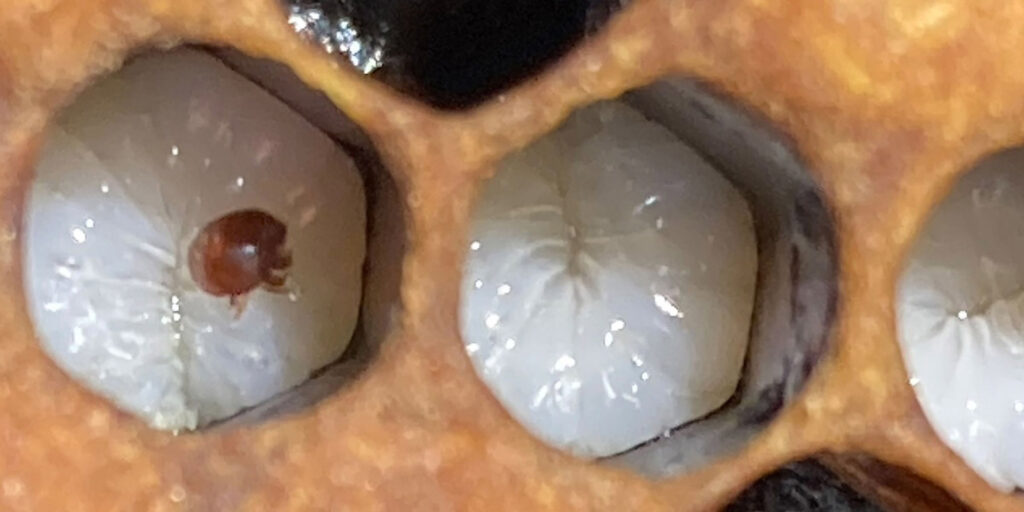
The European Commission announced: “Since its arrival in Europe in the late 1970s, Varroa infests most colonies and represents the most impacting pathogen threat for honeybees and the beekeeping industry worldwide.”
Researcher Robert Brodschneider from Graz University in Austria warned: “Untreated Varroa infestations will result in the certain death of the colony after two or three years.”
Dr Traynor emphasised that the parasite, which invades the bees’ breeding cells, is assaulting the bees in a “highly sensitive phase.”
Hohenheim University scientists have been in touch with local beekeepers regarding the possibility of breeding bees which are resilient to Varroa mite approaches.
Gerhard Kottek from Tannheim has been one of the driving forces behind the Varroa Resistance Project 2033. His method concentrates on supporting the strongest members of each hive.
Referring to a common anti-Varroa treatment method, he told broadcaster SWR: “Any apiarist who accidentally inhaled some formic acid knows how caustic this substance is.
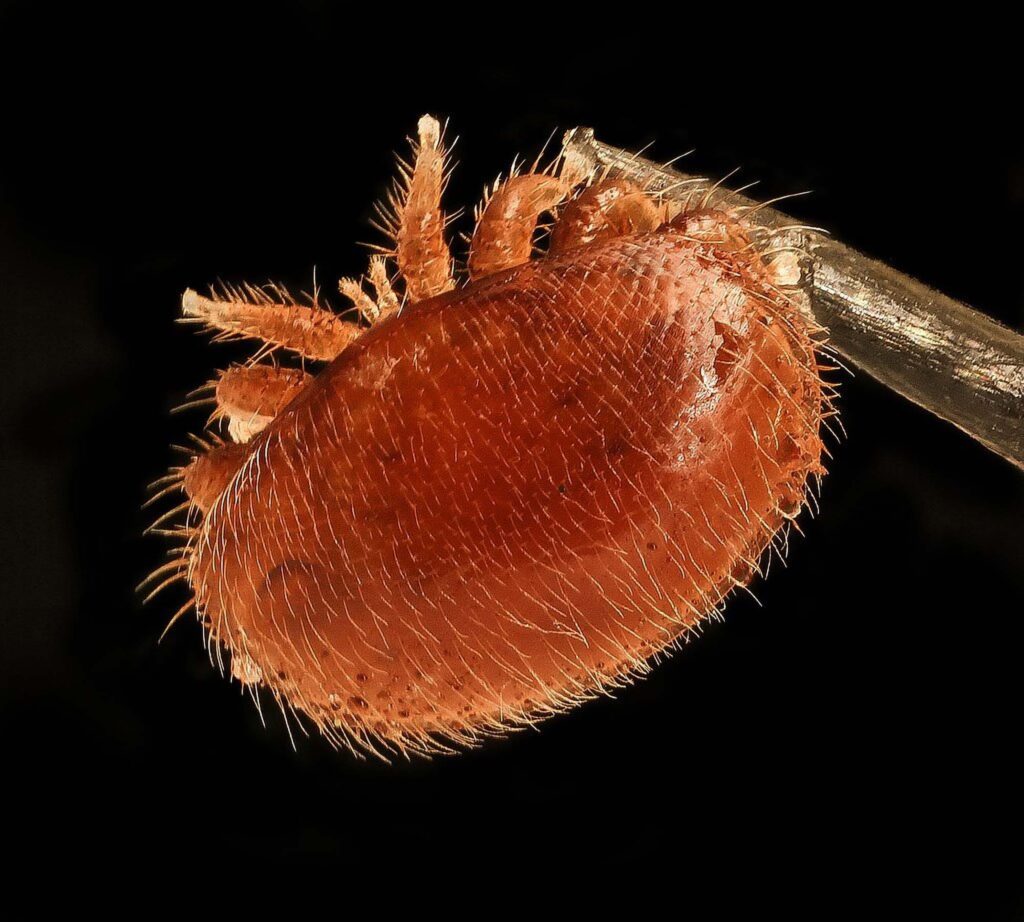
“Our bees are exposed to it to stay protected. However, we want to take a different direction in the future as colonies that survive without any treatment are healthier and more robust.”
Asked to identify the target of the initiative, he said: “Beekeeping as it used to be in pre-Varroa times. That is what we are aiming for.”

